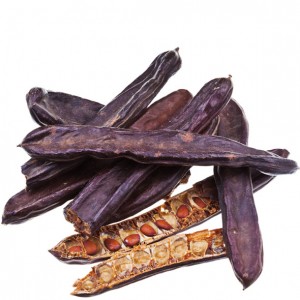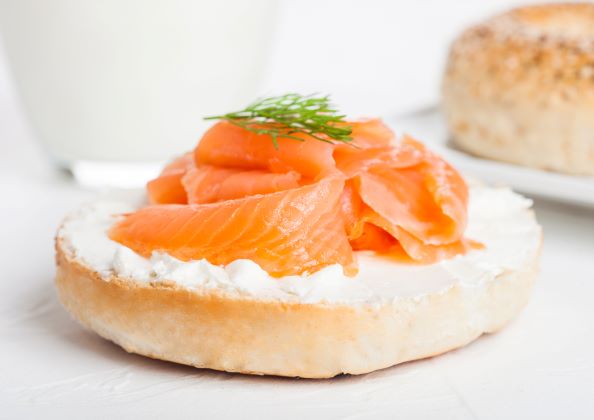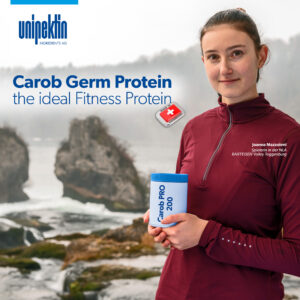UNIPEKTIN Ingredients AG as your supplier and partner feels obliged to keep you informed about critical developments affecting the supply situation so that together we can make informed decisions and find the right solution for you.

Tara shrubs (Caesalpinia spinosa L.) are wild perennials grown for commercial purposes exclusively in Peru. The fruits, the Tara pods, are collected and threshed on the spot, separating the seeds from the husks. The powder produced from the husks is used for leather tanning.
UNIPEKTIN imports the separated endosperm directly from Peru and processes it into Tara gum using purely physical processes. The active chain-like hydrocolloid molecules belong to the Galactomannan group. The EU approved the use of Tara gum in 1996.
Prices for tara seeds, the raw material for Tara gum, have been relatively low for years but suddenly began to rise in early 2020. Prices for Tara gum followed the upward trend accordingly, as a technologically viable alternative to Locust Bean Gum is linked to the LBG price trend. Since then, Tara gum prices have risen steadily and are now at a historic level.
Also, the supply of raw materials has now become scarce, and delivery times are now very long, affected negatively by the Covid lockdown with a curfew in Peru, causing delays in production and supply in Peru.
Some 15 years ago, we have seen already a big price increase for Tara seeds and Tara gum. Then, like today, it was directly connected to an LBG crisis, but this time, the pandemic makes the situation even worse.
Demand for Tara Powder for technical/non-food uses is also significant and has grown enormously over the past decade. Also, there is a growing interest and demand for Tara protein, a by-product with an interesting amino acid profile. This will certainly positively affect cultivation, as farmers today have a great motivation to extend and add new plantations.
Alternatives for LBG, e.g. Tara gum or LBG/Tara gum systems, which we have promoted and recommended strongly in the past two years and in light of the deteriorating market situation, have now become unviable cause Tara gum is scarcely available right now.
However, there are still other options available to the food industry, and also specifically developed, optimized and standardized for dairy applications and particularly for cream cheese, like e.g. the VIDOGUM LS series: VIDOGUM L + neutral flavour guar gum
If you are interested in discussing the current Market Update and our recommendations, please contact us by email at info-unipektin@nexira.com or call us.













